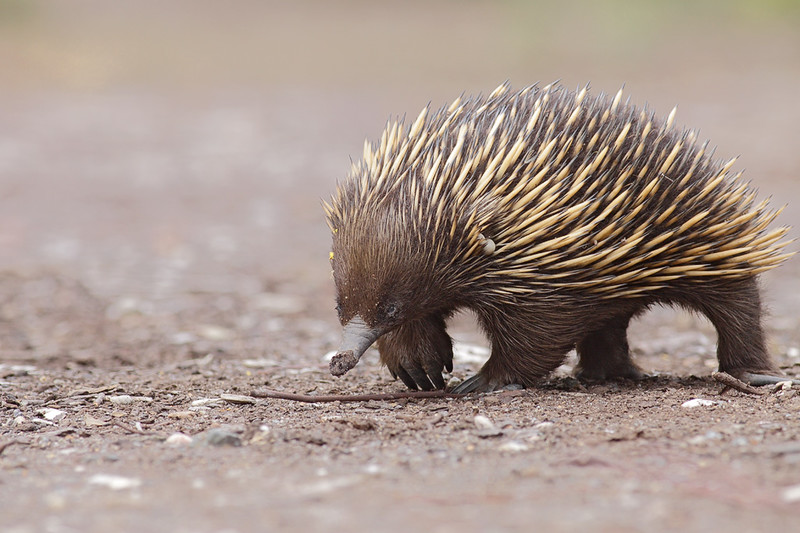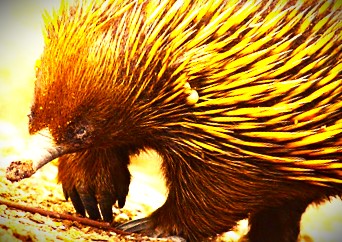Last Updated: 24 Oct, 2023 Views: 1507
When you are using other people's work (such as their information, or an image they have created), you always need to acknowledge the creator of that work.
Citing and Referencing
(see What is the difference between "referencing" and "citing"? for explanations of these terms)
For academic purposes you need to cite (or reference) your sources. This means that any work you have used that is not your own original work — whether it is another person's information, ideas, words, images, music etc. — is appropriately cited in text and listed in your reference list. You do this according to the style your lecturers have set for the subject.
You always need to cite your sources — even if you have not used their exact words, or you have made changes to what they originally created.
You also need to make it clear how you have used their work so your marker can tell what work is theirs and what work is yours. For example: a direct quote should be in quotation marks; an altered image should have the words "adapted from" as part of the citation.
Attribution
If your work is going to be for a public audience, not an assignment, then you need to think about attribution.
Remember that you cannot use someone else's copyrighted work without permission, and that you have to follow the conditions of that permission. For example, an image with a CC BY SA licence must be shared with an acknowledgement of the creator and the same licence conditions.
You can use someone's material (e.g., image, music, etc.) without acknowledging them if:
- the material has been marked 'no attribution required' or has a license which expressly permits you to use it without acknowledgement, and
- this is not for an assignment you will be marked on.
If the work does not specifically say you can use the work without attribution, you must acknowledge the creator and should link back to the source material if possible.
Best practice is to use the TASL method of citation: Title, Author, Source, License.
- Title is the title given to the work by the author, or a description of the work if you can't find a title
- Author is the author of the work (or their pseudonym if they don't use their real name), with a link back to their "about" page if possible
- Source is the link back to the original material. This can be combined with the 'Title' by hyperlinking the title.
- License refers to the conditions under which you were allowed to share the work, so other people can see if they might also be allowed to share it.
For example:

Echidna, by Leo, is shared under a CC BY NC SA licence
The same image, having been altered, would be acknowledged like this:

Echidna image, adapted from Echidna, by Leo,
is shared under a CC BY NC SA licence
Even though changes have been made to the image, it must be shared under the same licence as the original, because that is part of the licence conditions.
Another example, below, is from Unsplash, who have their own licence for using their images. They state you do not need to give attribution, but ask you to give attribution if possible, and have a suggested attribution they would like you to use:

Photo by Enguerrand Blanchy on Unsplash
For attributions, you should follow the wishes of the copyright holders to the best of your ability, but you can make changes to the format to allow for consistency. The following TASL-style attribution would also be acceptable:

Echidna on the walking track between Torquay and Jan Juc Beach,
by Enguerrand Blanchy is shared under the Unsplash licence
N.B. You would not use the TASL-style attribution within an academic assignment, as you must follow your specified referencing style.
Was this helpful? 1 0
